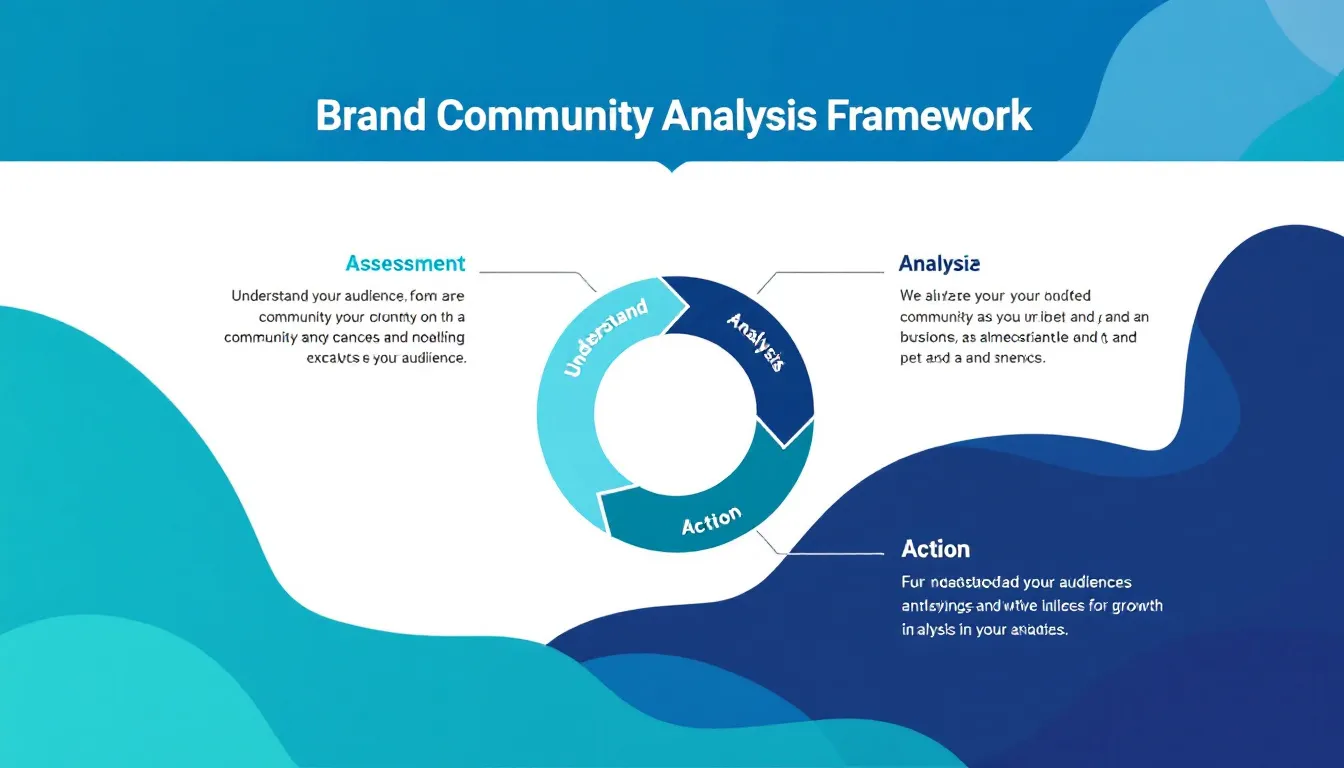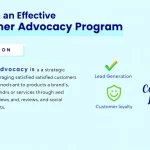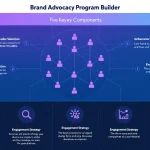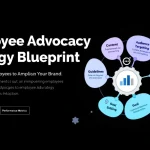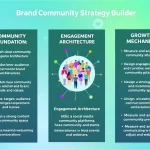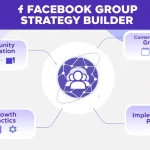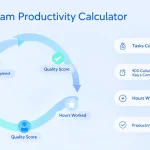Is this tool helpful?
How to Use the Brand Community Analysis Tool Effectively
Brand Name Field
Enter the full brand name you want to analyze. For example:
- GoPro – Popular action camera manufacturer with a strong adventure community
- Ben & Jerry’s – Ice cream brand known for its social activism and loyal fanbase
Industry or Sector Field
Specify the industry or sector the brand primarily operates in. Examples include:
- Outdoor Sports Equipment
- Consumer Packaged Goods
Community Platforms Field
List the platforms where the brand actively builds its community presence. These might include:
- Reddit forums and subreddits
- LinkedIn groups
- Brand-owned mobile apps
- In-person community centers or flagship stores with events
Community Initiatives Field
Describe programs, campaigns, or events that engage the community. Examples include:
- Annual customer appreciation days
- Social impact volunteer programs
- Exclusive content series for members
- Interactive online contests and challenges
What is the Brand Community Analysis Tool and Why Use It?
The Brand Community Analysis Tool helps you evaluate how well your brand connects with its audience through community engagement. It guides you to assess your community-building efforts, identify strengths, and uncover areas that need improvement. By analyzing key elements like platforms used, initiatives launched, and member interaction, you gain clear insights that enable stronger customer relationships and foster brand loyalty.
Key benefits include:
- Clear understanding of community engagement patterns and member behavior
- Identification of value creation opportunities within your community
- Data-driven recommendations for refining community strategies
- Improved alignment between brand goals and community expectations
Practical Usage of the Brand Community Analysis Tool
You use this tool as part of your strategic planning to improve community management. The process involves:
1. Gathering Comprehensive Inputs
- Enter detailed information about your brand, industry, community platforms, and initiatives.
- Include both digital and offline efforts to capture the full scope of your community-building activities.
2. Receiving a Tailored Analysis
- The tool processes your inputs to generate insights on member engagement and advocacy impact.
- You get actionable feedback to enhance programs and improve resource allocation.
3. Applying Recommendations to Your Community Strategy
- Use the analysis to adjust community initiatives, introduce new engagement tactics, and track progress over time.
- Regularly updating your analysis keeps your approach aligned with evolving member needs and market trends.
Core Elements of Brand Community Analysis
- Community Engagement Metrics: Track participation levels, content interaction, and event attendance to understand member activity.
- Value Exchange Assessment: Evaluate how your brand and community members mutually benefit from the relationship.
- Member Interaction Patterns: Analyze communication flows, peer-to-peer support, and leadership involvement.
- Advocacy Development: Identify influential members, brand ambassadors, and organic promotion within your community.
- Co-Creation Opportunities: Explore ways members contribute ideas, content, or products that strengthen community bonds.
Maximizing Your Brand Community Building Efforts
Best Practices
- Conduct regular community analyses to track growth and engagement trends.
- Provide thorough and accurate data inputs for reliable feedback.
- Focus on measurable metrics that reflect real community impact.
- Use analysis results to guide meaningful, actionable strategy shifts.
Key Success Factors
- Set clear, member-focused community objectives.
- Secure visible and ongoing leadership support.
- Allocate sufficient resources to maintain engagement initiatives.
- Maintain open communication channels to foster trust and participation.
Examples of Applying the Brand Community Analysis Tool
Example 1: Eco-Friendly Retail Brand
- Analyzed engagement on Instagram and community app.
- Discovered low participation in events despite strong social media activity.
- Introduced monthly sustainability workshops and member spotlight features.
- Boosted community event attendance by 50% within six months.
Example 2: Specialty Coffee Chain
- Reviewed Facebook groups and in-store loyalty programs.
- Identified opportunity to increase user-generated content and testimonials.
- Launched a contest encouraging members to share coffee recipes and experiences.
- Achieved a 30% rise in social shares and improved customer retention.
Frequently Asked Questions (FAQs)
How often should I perform a brand community analysis?
Perform an analysis every quarter, and additionally when launching new campaigns or community programs to gauge impact.
What makes a strong brand community?
A strong community features active member participation, a clear value proposition, and meaningful two-way interactions between the brand and its members.
How can I boost community engagement?
Create valuable content, encourage member contributions, recognize active participants, and maintain regular communication.
Which metrics should I monitor for community success?
Track member activity rates, content contributions, event participation, and overall community growth to measure success.
Important Disclaimer
The calculations, results, and content provided by our tools are not guaranteed to be accurate, complete, or reliable. Users are responsible for verifying and interpreting the results. Our content and tools may contain errors, biases, or inconsistencies. Do not enter personal data, sensitive information, or personally identifiable information in our web forms or tools. Such data entry violates our terms of service and may result in unauthorized disclosure to third parties. We reserve the right to save inputs and outputs from our tools for the purposes of error debugging, bias identification, and performance improvement. External companies providing AI models used in our tools may also save and process data in accordance with their own policies. By using our tools, you consent to this data collection and processing. We reserve the right to limit the usage of our tools based on current usability factors.
